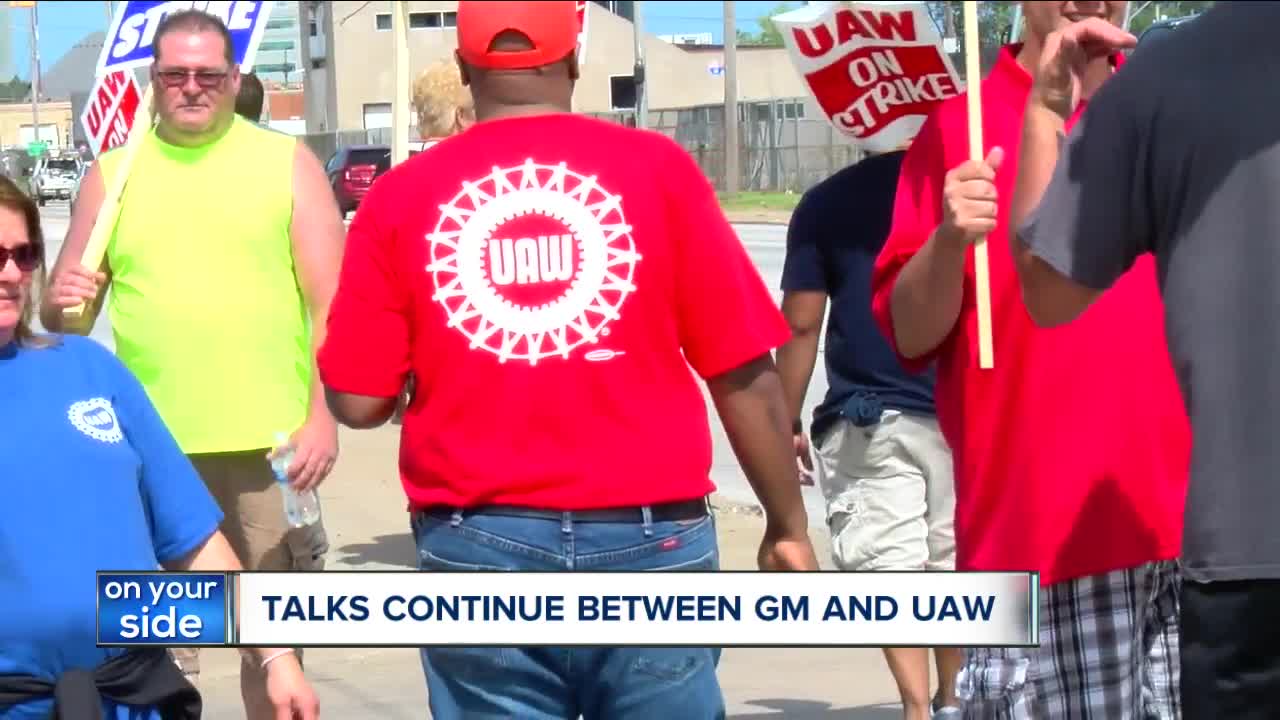PARMA, Ohio — For the nearly 1,000 union workers at the General Motors Parma Metal Center the impact of the United Auto Workers strike against the auto maker has a very personal impact, just as other work stoppages over the years have had but for the state as a whole, the impact is less noticeable than it would have been say 25 years ago.
That's because the automakers footprint in Ohio has seen a nearly 73% reduction since 1995 when it was the state's number one employer with 63,200 workers.
Following the economic collapse of 2008, the automaker slipped to the state's 23rd largest employer in 2009 with 12,600 workers and today stands at 4,600 according to state figures. By comparison, Cleveland's Case-Western Reserve University employs more people.
With the closing of the Lordstown Assembly Plant in March, GM's Toledo propulsion facility is now the largest of the automaker's Ohio operations. According to company records, it has 1,737 employees, and Parma's facility is the second largest with 947 hourly workers and 154 salaried.
While Ohio cities have adjusted to the loss of tax revenue as plants have been downsized or closed, the sudden work stoppage could still have a big impact.
"As you know cities rely on income tax to be able to function and provide the services they do," said Parma Mayor Timothy DeGeeter. "So having them be a top employer and not having that income tax come in? That keeps me up at night and we're watchful on that."
DeGeeter wasn't mayor the last time Parma GM workers walked a picket line on Chevrolet Boulevard in 2007, but that was a strike that only lasted two days, a time frame he can live with, he said.
"We hope that there is continuing dialogue that it doesn't last long on a strike that they could, that they could strike a deal."
Analyst estimate the strike is reportedly costing the automaker $50 to $100 million a day.




